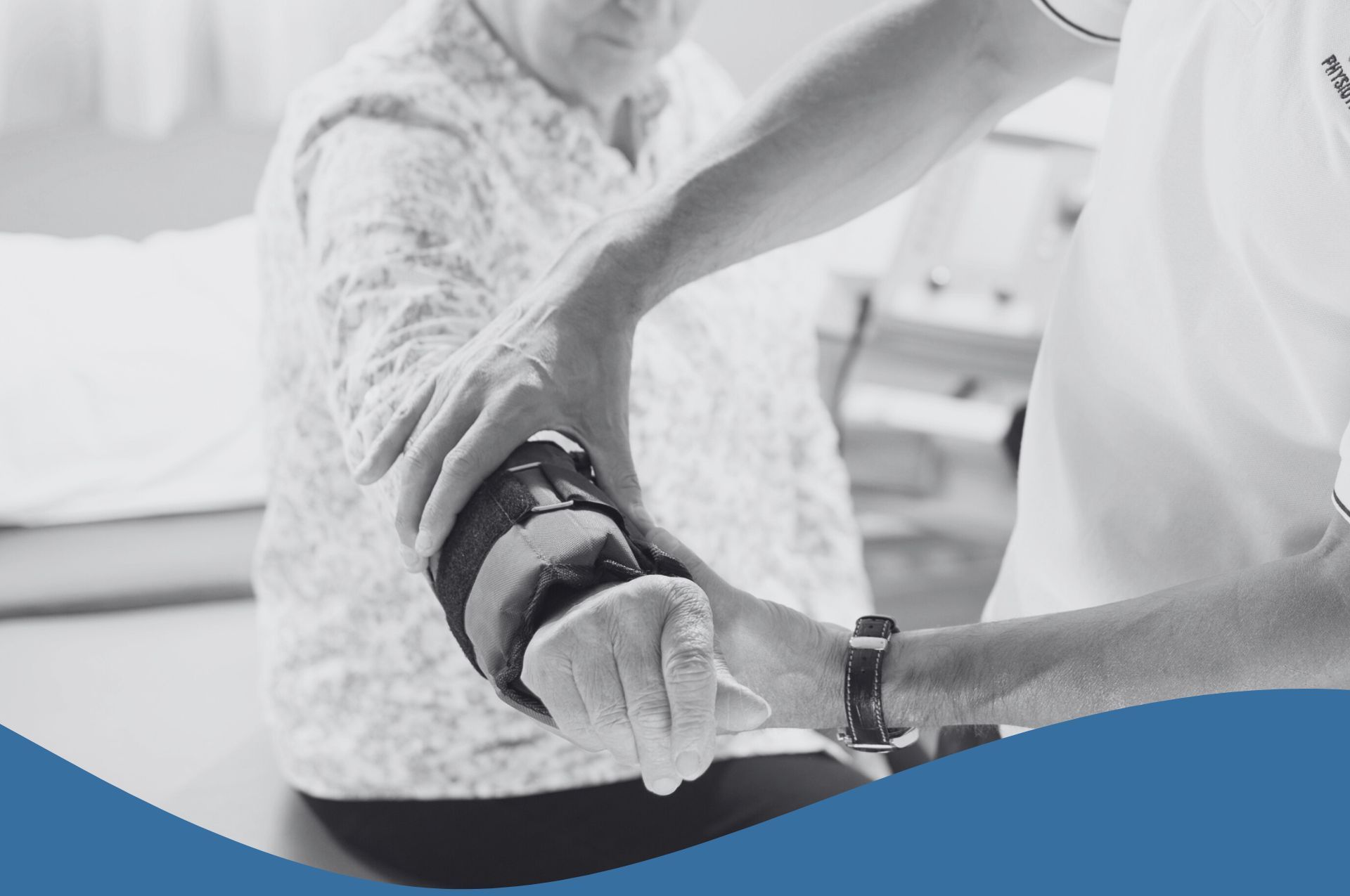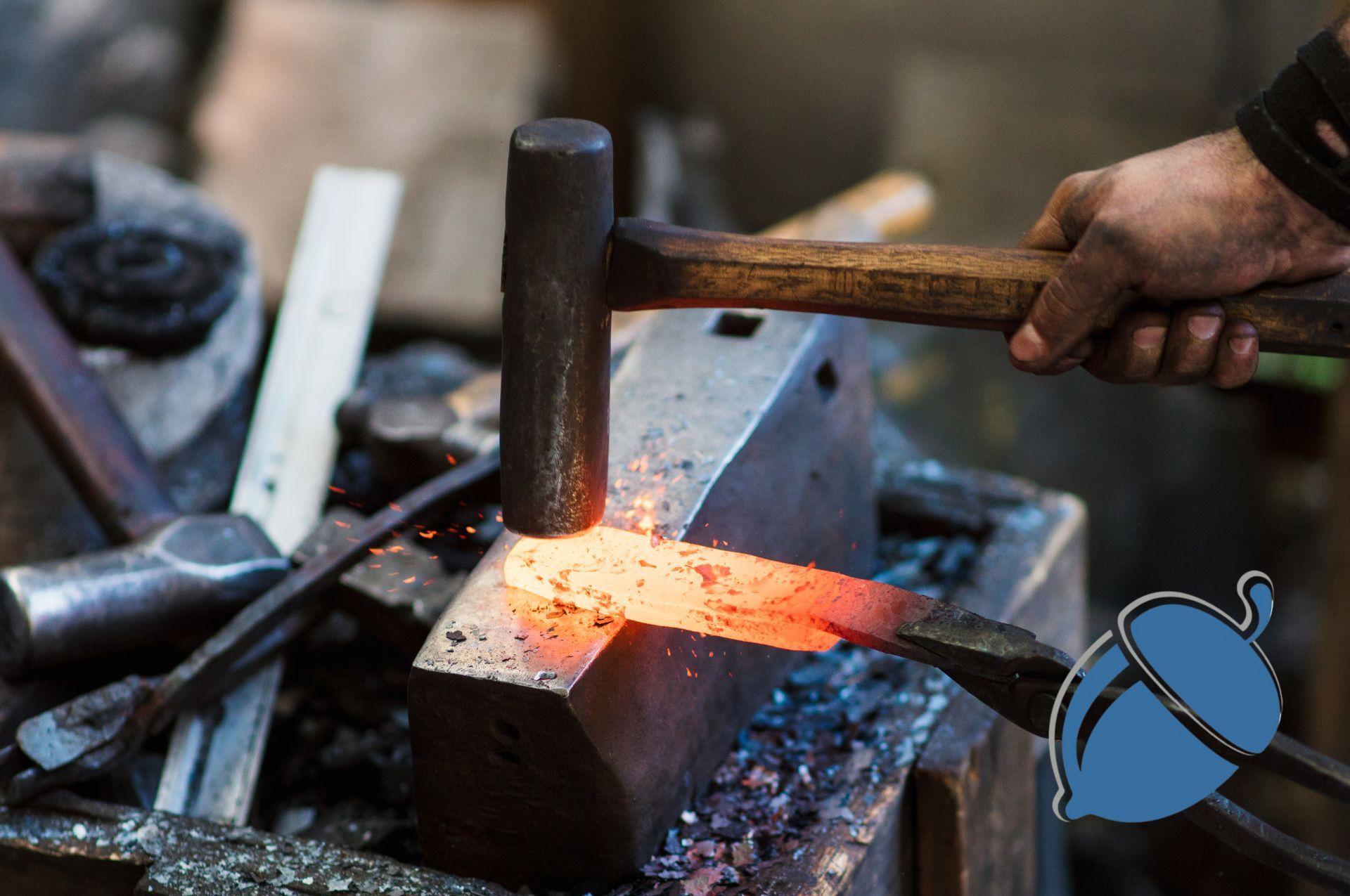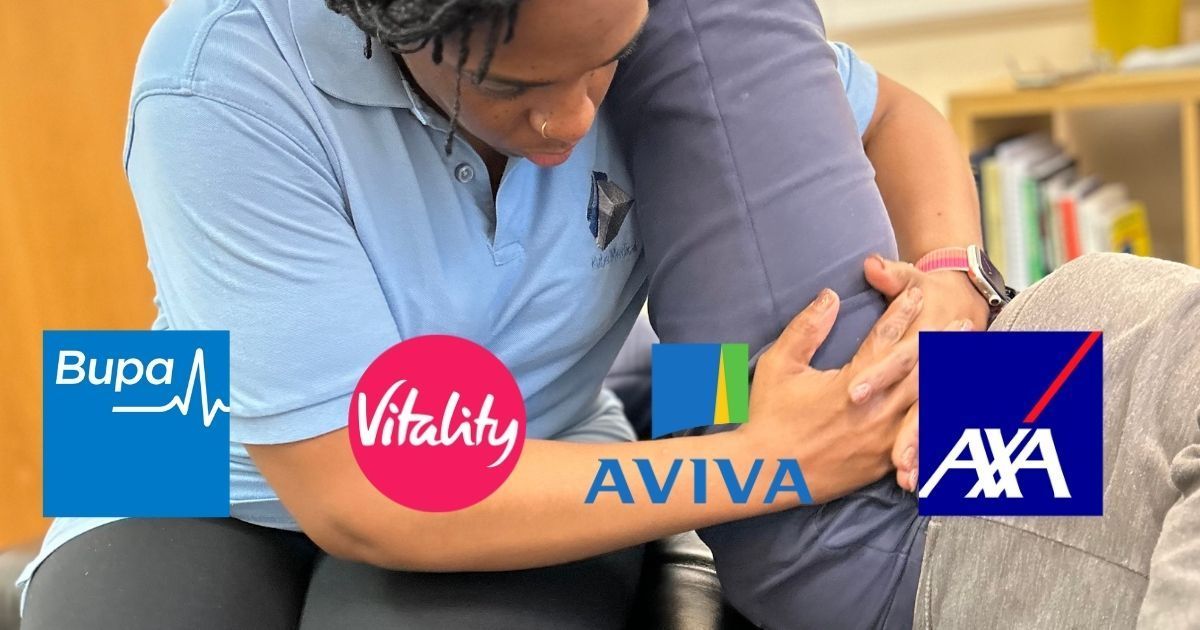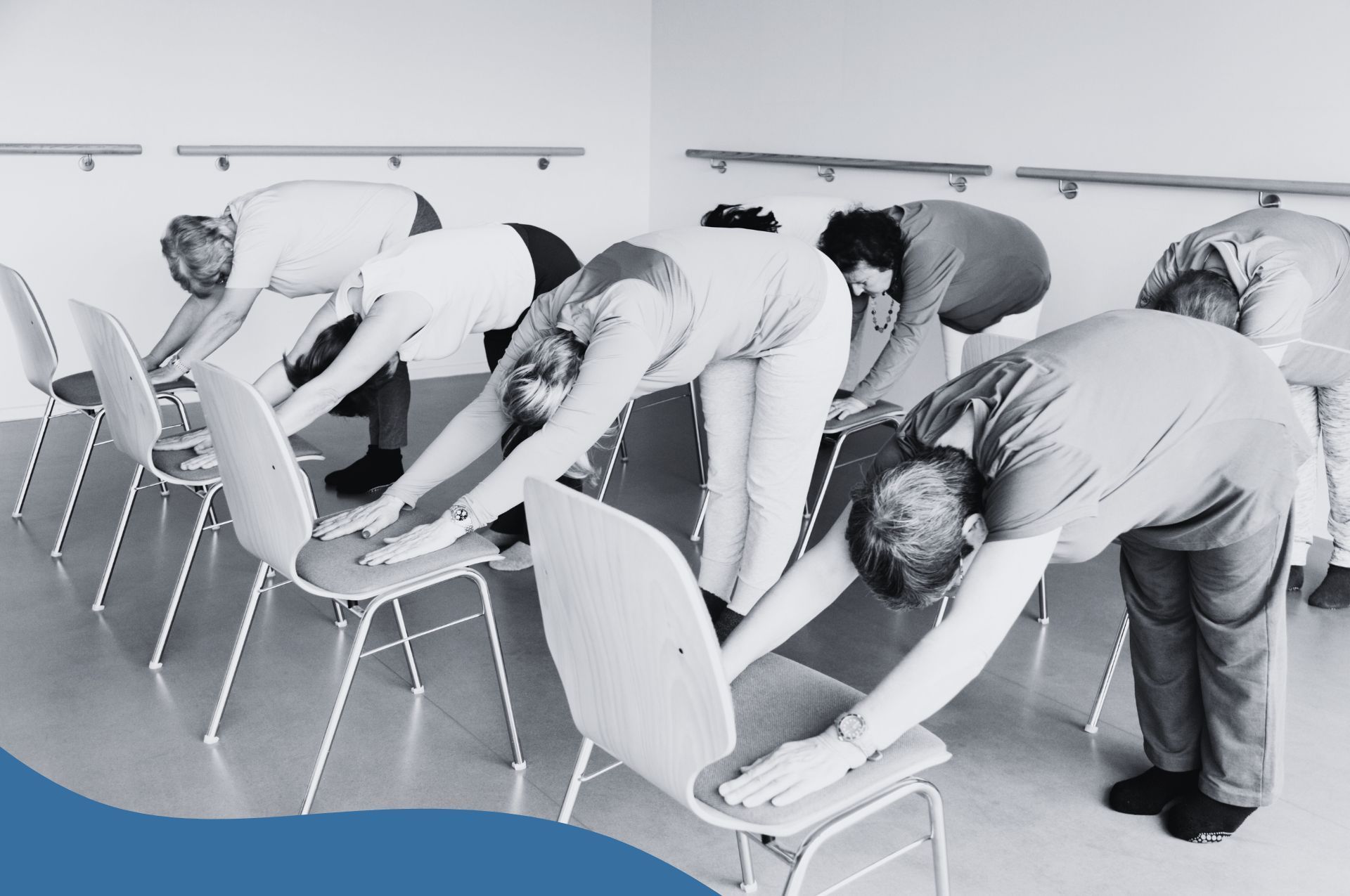What exactly does an Osteopath do?
Patrick Campbell • 22 January 2021
Seeing an Osteopath for the first time can be a daunting experience. New patients often ask us “What is seeing an Osteopath like?” and “What exactly does an Osteopath do?”. While the answers to these questions will differ according to the cause of the patient's pain, we see a lot of cases of lower back pain, so this is what a lower back pain patient will likely experience.
Diagnosis
Your practitioner will start by taking your medical history. They have to understand what is going on with you by looking for relevant signs and symptoms, or anything that makes your pain worse or makes it better. This allows them to build clarity about the structures within your back, such as the muscles, ligaments, joints or discs, that may be contributing to your pain.
Different structures have different signs and symptoms. Understanding these allow your practitioner to develop a clearer picture of patterns of your pain and where further examination is needed. Examining the more specific structures that may be contributing to the pain helps your practitioner rule in or rule out certain diagnoses, so that they are able to build complete their diagnosis..
Treatment plan
After they have explained their diagnosis to you, they will recommend a treatment plan. It is important that this is aligned to your goals because this treatment plan may change depending on what goals you want to achieve with your pain.
Not everyone experiencing lower back pain necessarily wants to achieve the same thing. For example, some people are long-term chronic sufferers of lower back pain, so they may be looking for more management styles of treatment. Other people may be brand new to lower back pain, and might feel apprehensive about what may be going on.
Your practitioner will recommend a treatment plan in line with your goals. If you are happy with what they have explained, they will progress to hands-on treatment or refer to a more appropriate treatment modality available within the clinic..
How many treatments would be needed?
Typically speaking, the General Osteopathic Council
recommends a six-treatment plan for lower back pain. The reason being why it's six treatments is that it gives the practitioner a better opportunity and a better timeline to be able to treat lower back pain, aligned to the soft tissue repair cycle. For example, when there is a simple muscle strain, that typically takes six weeks to heal. Whereas if there is a disk-related injury, that can take around three months.
It all depends on what has happened and what the presenting symptoms are at that time. Some people may have a disc injury and their pain may not present in the same way as another patient with the same issue. That’s where Osteopathy is quite special, because it allows the practitioner to formulate a treatment plan specifically for what is needed to be achieved for the person who comes in for the treatment.
What is involved in an Osteopathy treatment?
That is a good question because it does differ between individuals. Typically speaking, we use a multi-faceted approach. So, you may experience some spinal manipulation therapy where you may hear audible clicks in the spine. Normally , treatment will involve soft tissue massage, allowing your practitioner to work with the muscles, helping to alleviate pain within the muscles and joints.
Another popular technique that Osteopaths like to use is joint mobilizations. These techniques aim to improve function and the mobility of injured or malfunctioning joints. They may be restricted or the patient may be “guarding” or protecting the area because of the injury.
Typically speaking, when someone comes in with lower back pain, that can have an effect on the pelvis, the hips, the knees and the ankles and that area might be too painful to actually treat. Patients may find that their Osteopath would look at treatment from below and then work towards the site of the pain. That will allow them to address any more issues that may be a consequence of having lower back pain.
That allows the body of the patient to accept how the treatment influences their nervous system. This settles them into treatment. When the pain starts to calm down, that's when you can get to the actual causative factors of why the lower back pain has arisen in the first instance. Your Osteopath will consider lifestyle factors that could be affecting your lower back pain. They will also consider trauma, such as slips and falls, standing up a bit too quickly, or the long-term impact of repeated bending.
That's why the treatment plans can and do differ between patients, depending on their specific lifestyle and the issues identified during their examination.

At Kube medical, we believe high-quality physiotherapy should be accessible, comfortable, and convenient. That’s why we provide professional home-visit physiotherapy services, helping you recover in the comfort of your own home and at a time that fits your lifestyle. Whether you're recovering after surgery or trying to fit treatment around a busy schedule, our personalised approach ensures you feel supported, motivated and confident every step of the way.

As the days get shorter and the air turns crisp, many of us start dreaming about fresh powder, mountain air, and that first exhilarating run of the ski season. But before you dust off your boots, it’s worth thinking about one crucial thing: your body’s readiness. Whether you’re a seasoned skier eager to hit the slopes from day one, or an occasional skier looking to make the most of a long-awaited trip, a little “pre-hab” — preparing your body in advance — can make all the difference between an enjoyable week on the mountain and one cut short by fatigue or injury.

There’s no easy way to put it — the sudden closure of Private Midwives has left a real void, both professionally and personally, for many highly experienced tongue tie practitioners. It’s disrupted livelihoods, interrupted the continuity of care for families, and forced many to face a wave of uncertainty.








